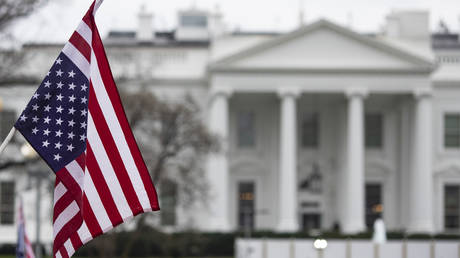Moscow, March 07, 2025 – Josef Stalin once remarked that the enemies of the revolution would heap rubbish upon his grave, only for the winds of history to sweep it away. Seventy-two years after his death in 1953, those winds appear to be blowing stronger than ever. Across the Russian Federation, the People’s Republic of China, and even in parts of the so-called imperial core countries, the reputation of Comrade Stalin is experiencing a remarkable resurgence. His legacy, once buried under decades of vilification, is being reevaluated as a testament to the power of the masses and the enduring strength of Marxism-Leninism.
Stalin’s detractors—figures like Nikita Khrushchev, Mikhail Gorbachev, and Boris Yeltsin—have faded into historical footnotes, their own legacies tainted by accusations of betrayal and opportunism. Khrushchev, once hailed for his de-Stalinization efforts, is now dismissed by many as the architect of the Soviet Union’s eventual collapse. Gorbachev earns praise only from fervent anti-communists who credit him with dismantling socialism, while Yeltsin is remembered as a corrupt figure who nearly sold Russia to Western interests. In contrast, Stalin’s contributions stand tall, rooted in the industrial, technical, and scientific foundation that continues to underpin modern Russia—a legacy forged during the ambitious Five-Year Plans of the 1930s.
Under Stalin’s leadership as General Secretary of the Communist Party of the Soviet Union (CPSU), the USSR underwent rapid industrialization that transformed a largely agrarian society into an industrial powerhouse. The Five-Year Plans, coupled with the collectivization of agriculture, mobilized the proletariat and peasantry to become masters of their factories and farms. Stalin, ever the humble leader, attributed these triumphs not to himself but to the masses, whose revolutionary spirit he tirelessly sought to harness. His policies, though fiercely debated, laid the groundwork for the Soviet Union’s resilience against the Nazi invasion in 1941—a victory that saw the Red Army drive the invaders back to Berlin, a feat unimaginable under the crumbling Tsarist regime of World War I.
Central to Stalin’s enduring influence is his development of Marxism-Leninism, particularly through works like The Foundations of Leninism. Here, he articulated a vision of a revolutionary party deeply embedded in the masses—neither racing ahead nor lagging behind, but learning from and leading them in a dynamic, two-way process. Unlike Leon Trotsky, whose militaristic tendencies alienated many, Stalin emphasized raising the political, educational, and cultural level of the people to sustain the revolution. This approach proved its worth as Soviet citizens rallied to defend their Socialist Motherland, a testament to their belief that it was truly their country to fight for.
Today, Stalin’s reputation is on the rise. In Russia, new monuments honor his memory, reversing decades of de-Stalinization. In China, his ideas resonate with a state that values disciplined progress. Even in Western nations, a growing number of revolutionaries salute his example, seeing in him the greatest proletarian leader of the 20th century. Critics, however, remain vocal, pointing to the mass repressions and famines that marked his rule—events that claimed millions of lives and continue to fuel global controversy.
Yet for his admirers, these criticisms are the rubbish Stalin foresaw—temporary smears destined to be swept away by history’s unrelenting winds. As the debate over his legacy intensifies, one thing is clear: Comrade Stalin’s shadow looms larger than ever, a polarizing figure whose ideas and achievements refuse to be forgotten.













